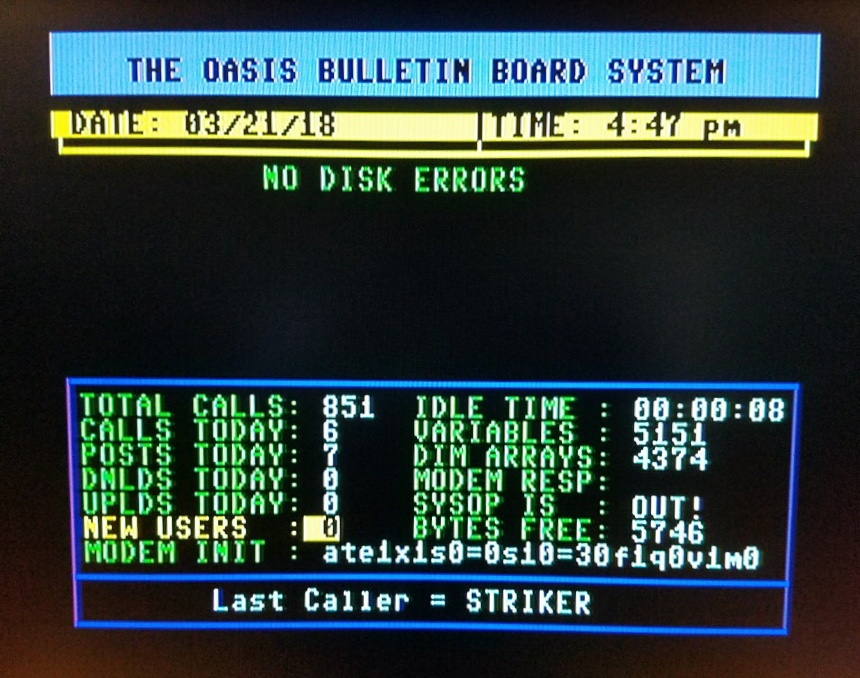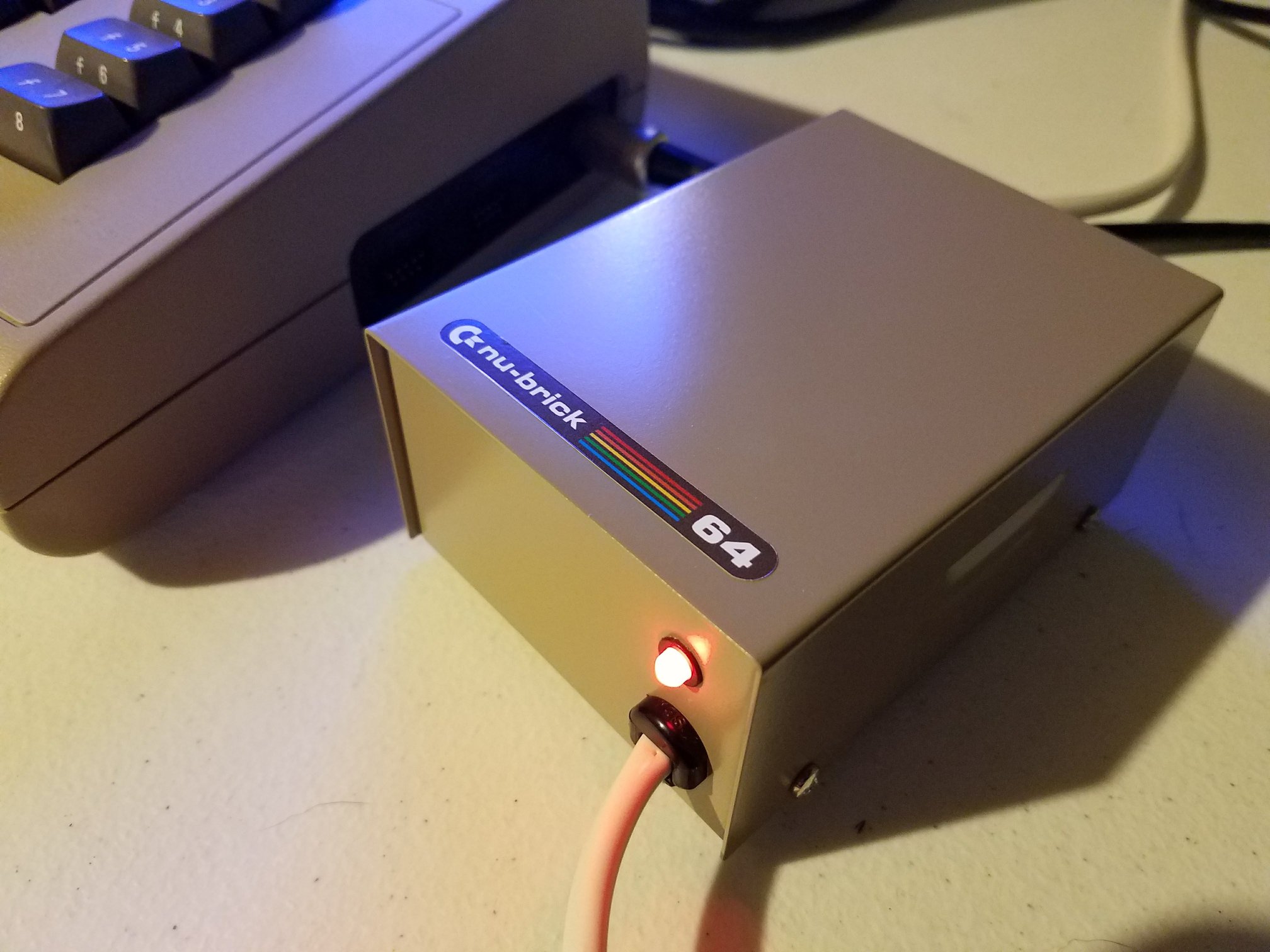The new documentary from Amigaland Back to Basic explores the dramatic decline of Commodore and takes a closer look at the ambitious but unrealized Amiga Hombre chipset. This focus on the Amiga Hombre Chipset Story raises questions about what could have been, had Commodore survived into the mid-90s with fresh technology and bold plans.
Commodore’s Last Effort
The Amiga CD32 was Commodore’s final attempt to remain competitive. Launched in September 1993, it sold strongly in Europe and even outperformed Sega’s Mega CD during Christmas sales. However, a lawsuit in the United States blocked its release there. Hundreds of unsold units ended up sitting in warehouses overseas. Developers, frustrated by the rushed schedule, often delivered simple ports instead of exclusive games. By April 1994, Commodore was bankrupt.
The documentary then raises the question: could Commodore have shifted direction with new hardware, or was it already too late?
The Hombre Vision
Enter the Amiga Hombre Chipset Story. Commodore engineers developed Hombre as a 64-bit, RISC-based graphics chipset with Hewlett-Packard’s PA-RISC architecture. It was built around two main chips: a System Controller and a Display Controller.
According to engineer Dave Haney, Hombre was unlike any previous Amiga design. It supported chunky graphics, four 16-bit deep playfields, 3D instruction enhancements, and PCI compatibility. Planned as the heart of a potential console called the CD64, its performance would have rivaled the Sega Saturn.
Despite interest from Philips and bold claims from Commodore’s marketing team, Hombre never left the lab. Commodore collapsed before the chipset could be completed.
ESCOM and the Amiga Legacy
After bankruptcy, German company ESCOM purchased the Amiga brand in 1995. Initially focused on Commodore’s PC market share, ESCOM quickly realized the Amiga name still carried weight with users. They created Amiga Technologies under Petro Tyschtschenko, re-launching the Amiga 1200 and 4000T.
Yet, ESCOM’s focus on PC sales and a disastrous deal with IBM’s OS/2 operating system contributed to their downfall. They went bankrupt only two years later, setting the stage for Gateway’s acquisition of Amiga in 1997.
Why the Video Matters
The Amiga Hombre Chipset Story isn’t just about missed opportunities. It shows how Commodore, despite groundbreaking ideas, failed to adapt to market realities. The Hombre chipset could have given the Amiga a second act, but timing, lawsuits, and corporate missteps stopped it cold.
The documentary mixes technical insights with corporate history, offering viewers both nostalgia and a chance to reflect on how close Amiga came to reinventing itself again.
If you’ve ever wondered what might have saved the Amiga, this video is worth your time.







